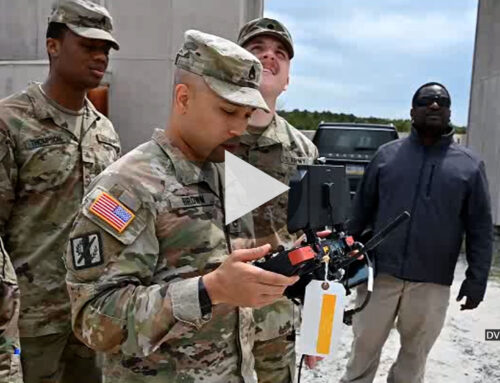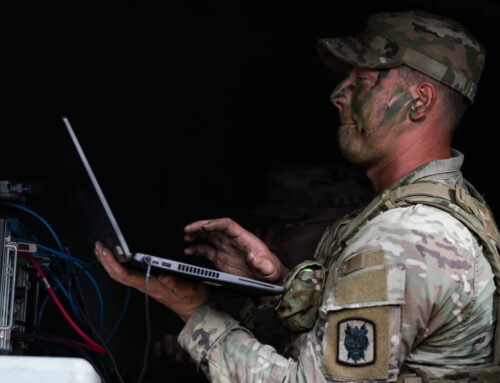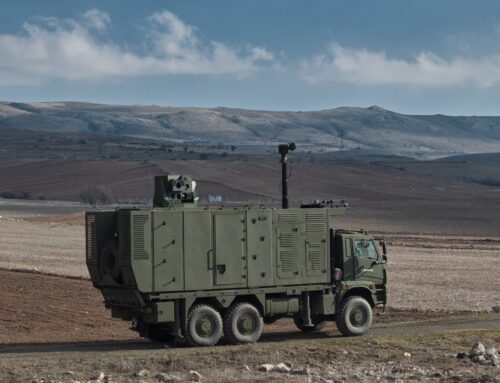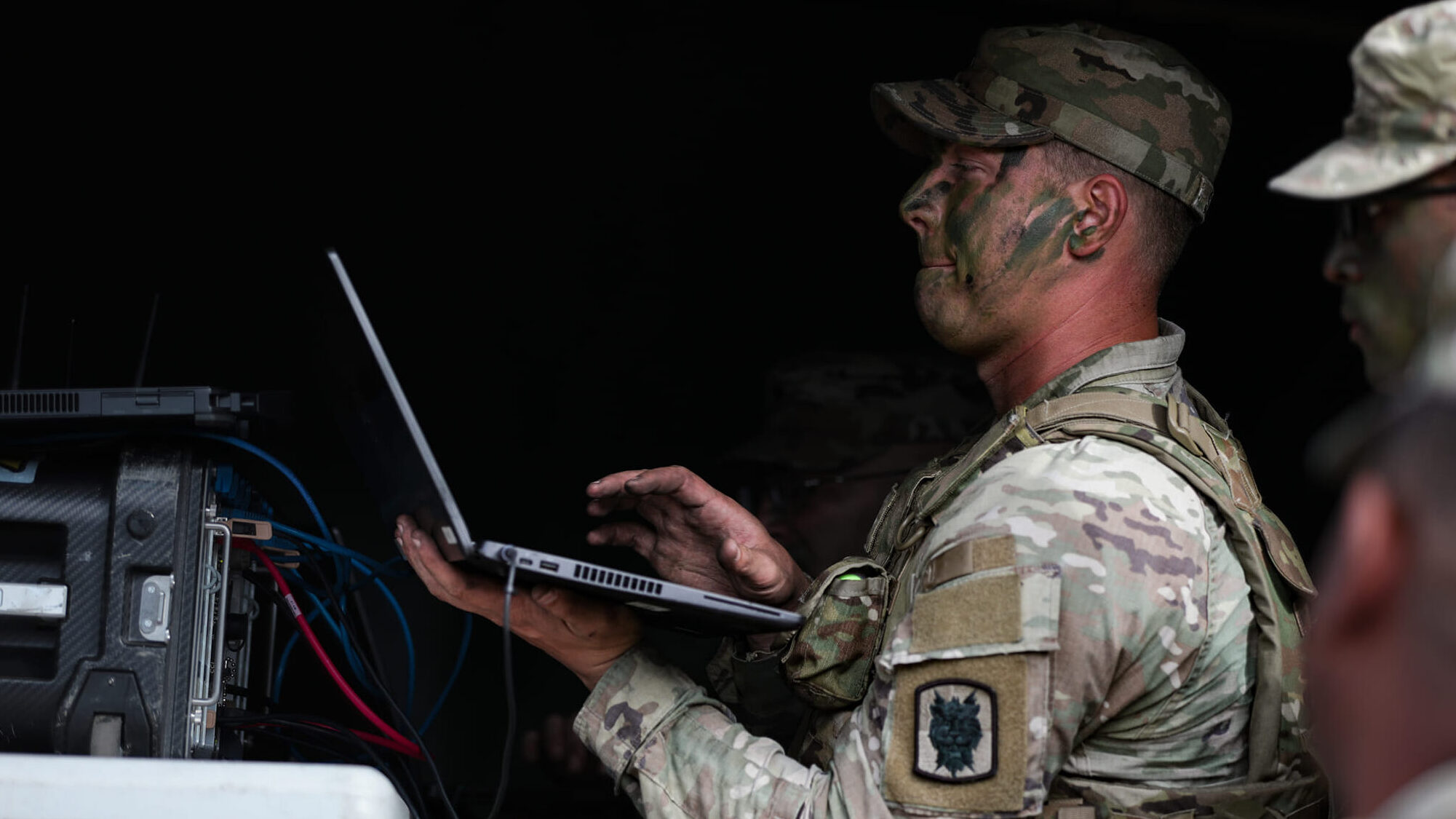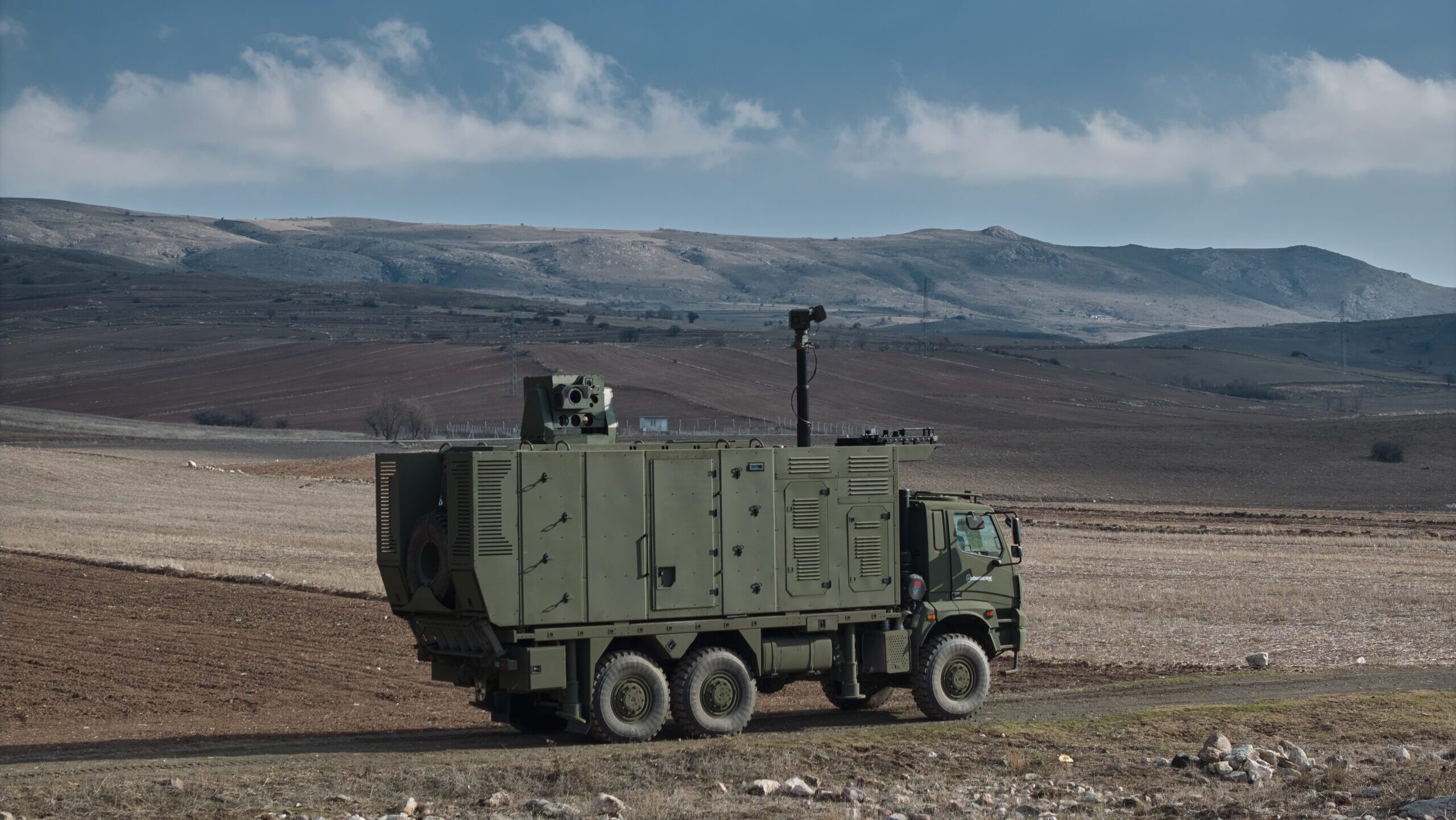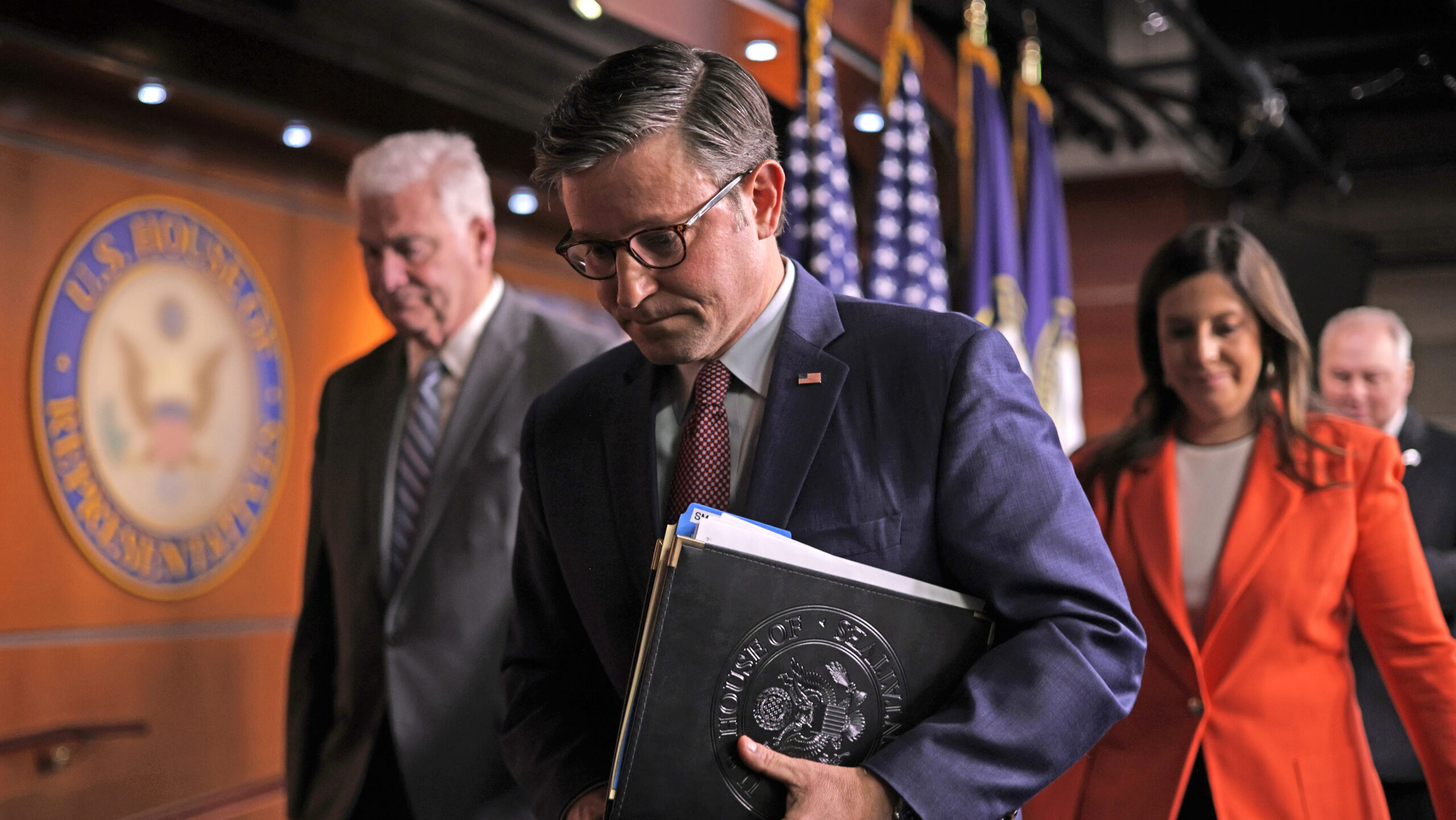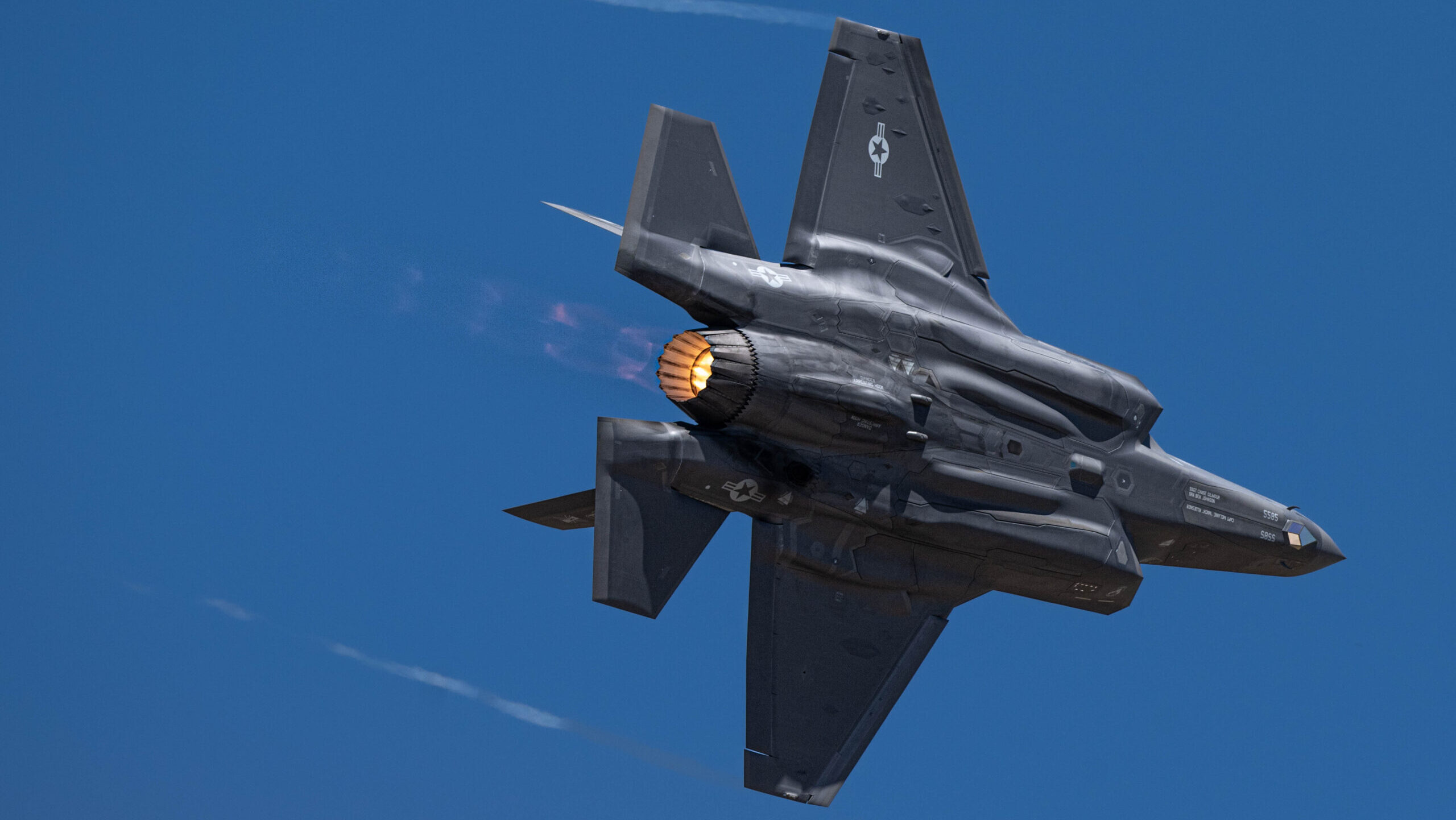US Deputy Secretary of Defense Kathleen Hicks (Photo by Drew Angerer/AFP via Getty Images)
WASHINGTON — The Pentagon confirmed new details about its Replicator initiative today, including that two existing Army small drones have been picked for it, along with loitering munitions and an Air Force drone prototype already under development.
Since Deputy Defense Secretary Kathleen Hicks launched Replicator in August 2023, details about what’s included have been sparse, and many included systems will “remain classified” like low-cost, long-range strike capabilities and maritime systems, the Pentagon announced today. However, it confirmed that four aerial weapons, either already bound for troops or in design, now fall under the initiative.
For example, in September the Army selected two drones for its Company-Level Small Uncrewed Aircraft System program — Ghost X from Anduril Industries and the C-100 from Performance Drone Works. Both are now under the Replicator-1, Tranche 2 umbrella.
“Ukraine has demonstrated the value of small, attritable drones on the battlefield,” Army Chief of Staff Gen. Randy George said in today’s announcement. “The delivery of commercially available Company-Level Small UAS with support from the Replicator initiative will allow American soldiers to rapidly experiment, learn and innovate with these systems.”
The Marine Corps’s Organic Precision Fires program, which revolves around Anduril’s Altius-600, is also now being deemed as a Replicator initiative, as it “complements” AeroVironment’s Switchblade-600 loitering munition already under the initial Replicator tranche.
The Air Force’s Enterprise Test Vehicle (ETV), a drone prototyping competition, is also joining the Replicator pack. In June, the Air Force and Defense Innovation Unit selected four companies to compete for a program that aims to field a drone prototype capable of being produced cheaply and at scale that can also serve as a test bed for new subsystems and materials.
“The ETV’s modular design and open system architecture make it an ideal platform for program offices to test out new capabilities at the sub-system level, reducing risk, and demonstrating various options for weapon employment,” said Vice Chief of Staff of the US Air Force Gen. Jim Slife. “We are excited to be a part of Replicator 1.2 and to increase the speed of the ETV effort.”
Hick’s office didn’t immediately respond to questions about what makes those four programs Replicator ones. However, her team has been on the hunt for existing service programs that can be rapidly scaled, looked at more than 500 commercial firms’ hardware and software solutions, and awarded more than 30 deals.
Observations out of the war inside Ukraine, in part, provided the Pentagon with a blueprint for how cheap, commercially-made drones may be used to overwhelm an adversary. Then in August 2023, Hicks launched Replicator with the first initiative resulting in two tranches of small aerial and maritime drones.
By September 2024, plans for a second Replicator initiative were announced, this time focusing on finding systems to counter small drones at US military installations across the globe.
“I am confident the Replicator initiative will complement and advance the significant C-sUAS [counter small unmanned aerial systems] work already underway in the DoD,” Defense Secretary Llyod Austin stated in the memo. “The expectation is that Replicator 2 will assist with overcoming challenges we face in the areas of production capacity, technology innovation, authorities, policies, open system architecture and system integration, and force structure.”
Austin charged Hicks with seeking new project funding in the upcoming fiscal 2026 budget request and fielding “meaningfully improved” counter-drone capabilities within 24 months of receiving money from Congress. However, with a new Trump administration coming into power in January, it is unclear whether Replicator will remain a priority.



